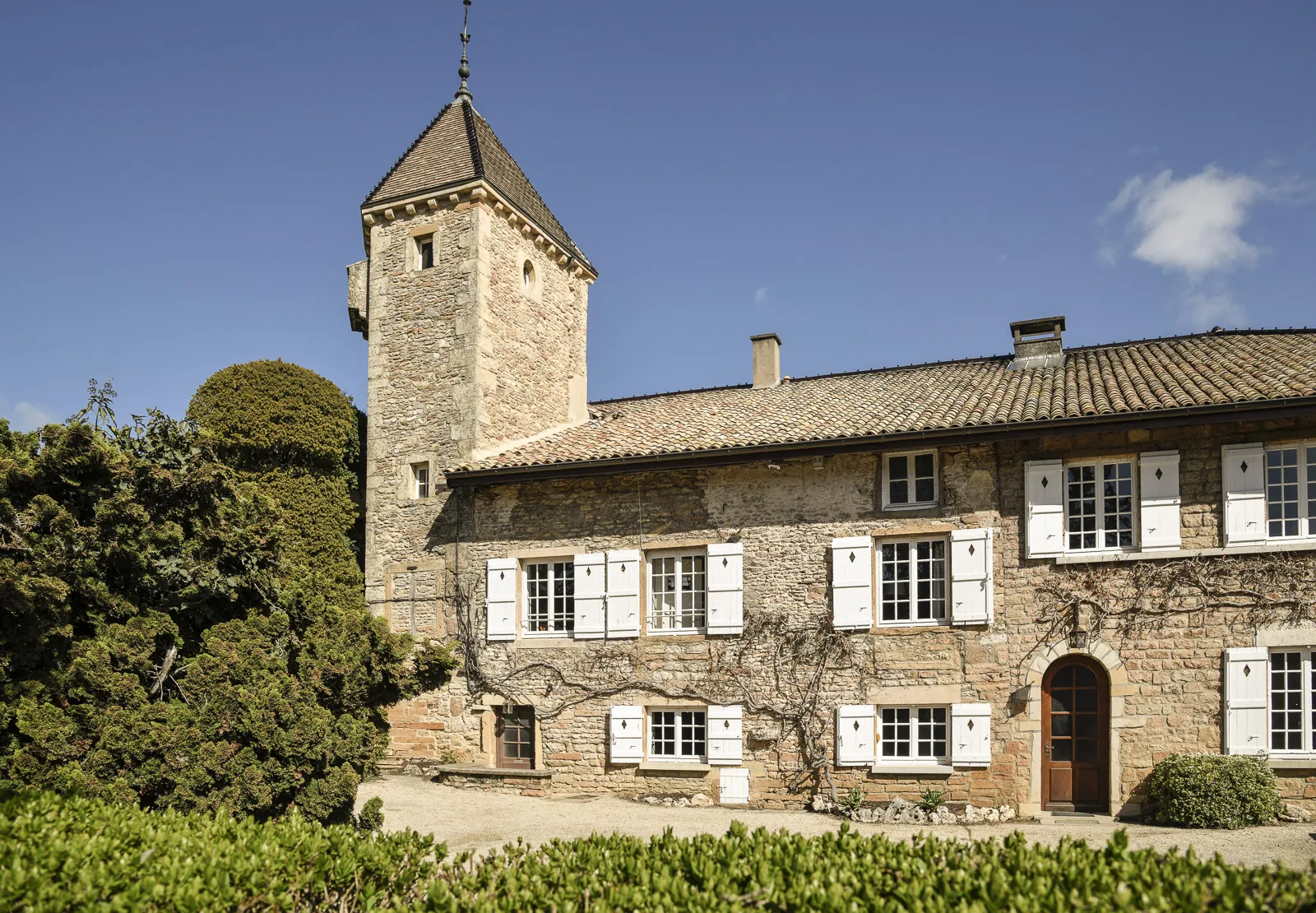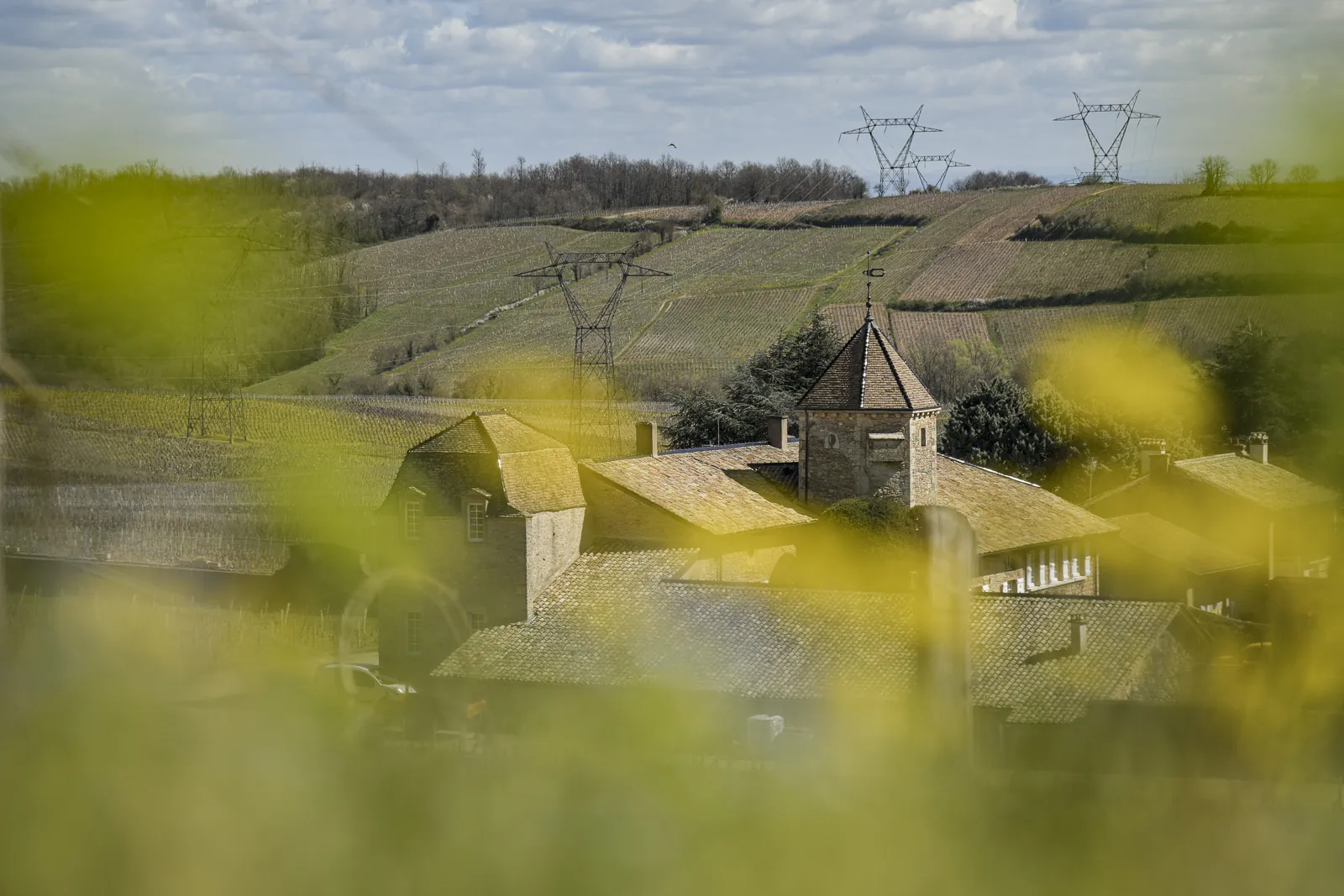Château-Fuissé
Château-Fuissé Pouilly-Fuissé “Tête de Cuvée” 2022
- Château-Fuissé Juliénas 2021
- Château-Fuissé Juliénas 2020
- Château-Fuissé Juliénas 2019
- Château-Fuissé Pouilly-Fuissé 1er Cru “Le Clos” 2023
- Château-Fuissé Pouilly-Fuissé 1er Cru “Le Clos” 2022
- Château-Fuissé Pouilly-Fuissé 1er Cru “Le Clos” 2021
- Château-Fuissé Pouilly-Fuissé 1er Cru “Le Clos” 2020
- Château-Fuissé Pouilly-Fuissé 1er Cru “Les Brulés” 2023
- Château-Fuissé Pouilly-Fuissé 1er Cru “Les Brulés” 2022
- Château-Fuissé Pouilly-Fuissé “Les Combettes” 2023
- Château-Fuissé Pouilly-Fuissé “Les Combettes” 2020
- Château-Fuissé Pouilly-Fuissé “Tête de Cuvée” 2023
- Château-Fuissé Pouilly-Fuissé “Tête de Cuvée” 2021
- Château-Fuissé Pouilly-Fuissé “Tête de Cuvée” 2020
- Château-Fuissé Pouilly-Fuissé “Tête de Cuvée” 2023
- Château-Fuissé Pouilly-Fuissé “Tête de Cuvée” 2021
- Château-Fuissé Pouilly-Fuissé “Tête de Cuvée” 2020



About
Château-Fuissé “Tête de Cuvée” draws its origins from the geological diversity of our terroirs. The personal imprint of Antoine Vincent reveals all the greatness of this wine from a blend of plots within the POUILLY-FUISSE appellation.

Terroir
Most of our properties are situated in Fuissé with soils composed of clay, marl and limestones. They are situated on the South slope of the Mount Pouilly. The wines from these vineyards are richer and bigger structured with as a paradox, they also have a higher acidity. A small part of our vineyards situated around the village of Chaîntré have slate and sandy soils. These wines bring lightness to the blend as their floral aromas are sublimed by the fermentation in tank. Other plots are situated around the village of Solutré-Pouilly where the soils contain more limestone offering mineral character and are lighter type of ripe fruit and a lower level of acidity. This multitude of the differences blended, make the Pouilly-Fuissé Château-Fuissé.
Vinification
To respect the integrity of the grapes we prefer handpicked grapes and special care is given to the transport and conveying until the presses (whole bunch pressing). We use pneumatic presses with graduate progressive pressing (limiting rebechage), adapted to the quality and maturity of each harvest. The juice is pumped into stainless decantation tanks (débourbage). After 12 hours of static rest, we separate the clear juice from the top and eliminate the remaining depot of the tank (heavy bourbes). The clear juice goes from decantation directly into the barrels at the Château-Fuissé. We favor the wild yeast and a spontaneous start of the alcoholic fermentation. Our cellars are equipped with a control system for the temperature and the hygrometry. The choice of our barrels, their origin, and the choice of using only new barrels for this wine, remains personal and is based on our gustatory experience. Our choices vary and adapt to vineyard and vintage character. The use of barrels is associated to our typical Burgundian vinification ‘on the lees’. This practice brings the lees back in suspension (batonnage) and helps the decomposition or autolysis of the yeast cells. It brings “fatness” into the wine as well as distinctive aromas of its terroir. According to the acid/alcohol balance of the vintage and the judgment of our winemaker Antoine Vincent, our wines normally go through full malolactic fermentation. If necessary, the wines are fined with bentonite (natural clay) followed by a light filtration.
